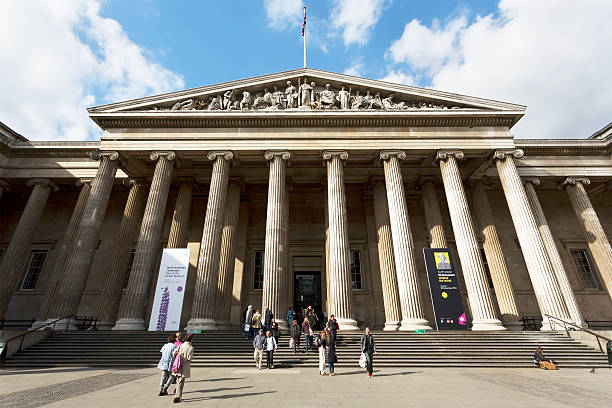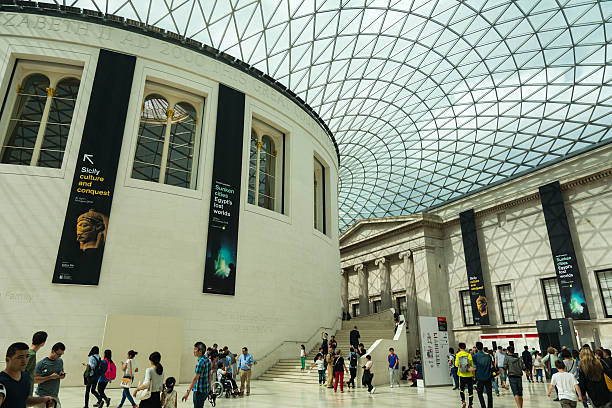The British Museum

The British Museum is a public museum in Bloomsbury, London, dedicated to human history, art, and culture. Its permanent collection of eight million pieces is one of the greatest and most extensive in the world. It tells the story of human civilization from its inception to the current day. The British Museum was the first public national museum in the world to span all areas of knowledge.
The British Museum was created in 1753, primarily on Sir Hans Sloane's professional and scientific collection. Montagu House (formerly Spencer House), which presently serves as the museum's headquarters, originally opened to the public on January 15, 1759. The British Museum is one of the largest museums in the world, with a collection spanning two million years of human history. From the Rosetta Stone to the Elgin Marbles, the museum holds some of humanity's most renowned relics. The British Museum is a popular tourist destination where visitors may learn about European history. The British Museum is a must-see if you're in London.
The museum opened in 1753, based primarily on the collections of Anglo-Irish physician and scientist Sir Hans Sloane. It initially opened to the public in 1759, at Montagu House, on the same site. The development of the museum during the next 250 years was primarily due to British colonisation, which resulted in the establishment of various branch institutions, or autonomous spin-offs, the first of which was the Natural History Museum in 1881. Some of its most well-known purchases, notably the Greek Elgin Marbles and the Egyptian Rosetta Stone, are the subject of long-running disputes and repatriation demands.
Location: Great Russell St, London WC1B 3DG, United Kingdom
Website: https://www.britishmuseum.org
















